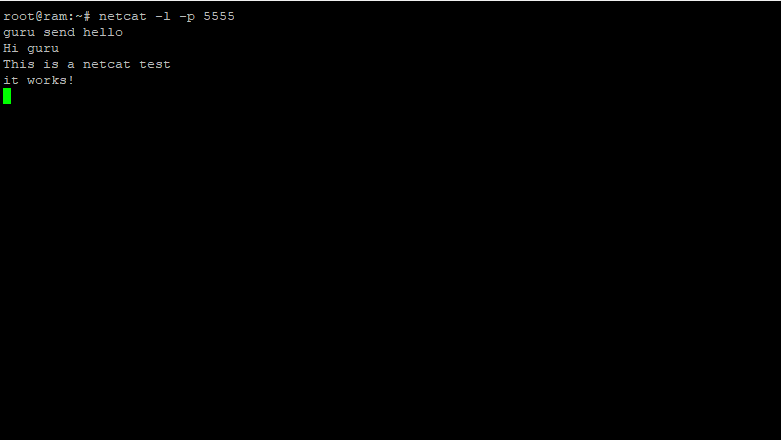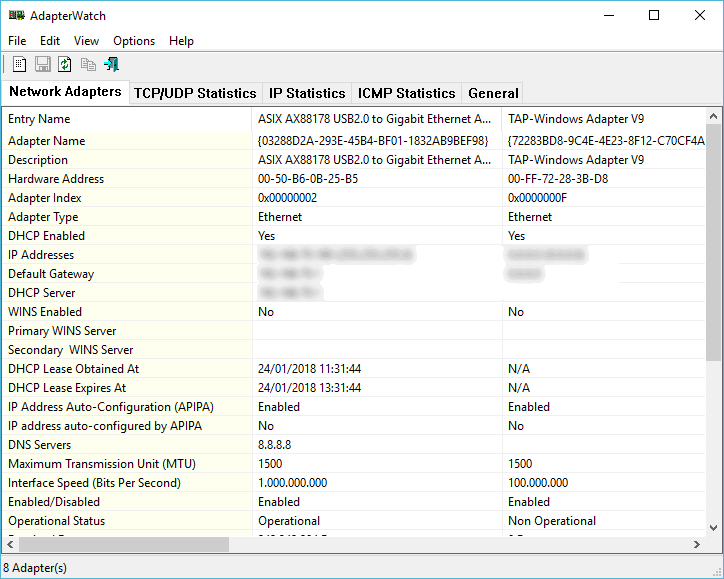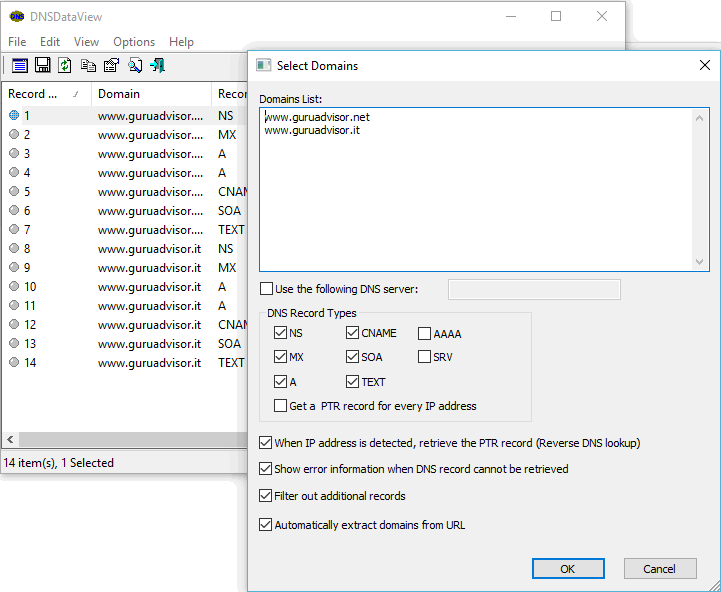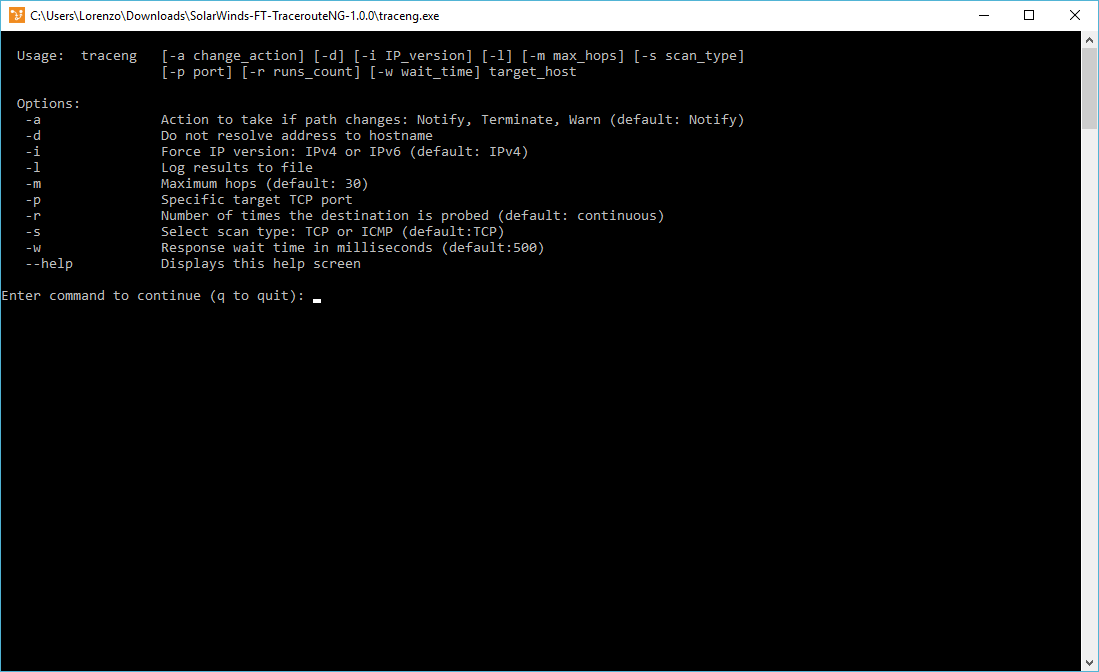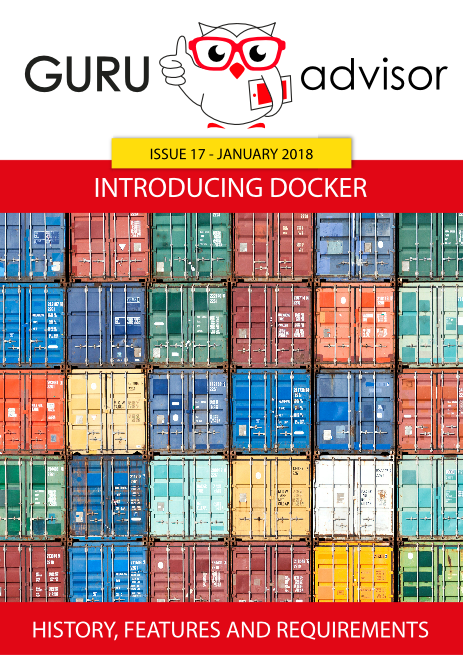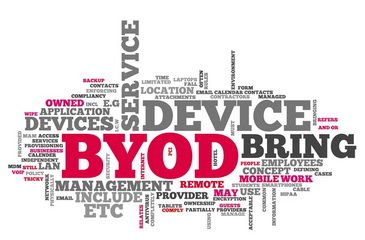vNUMA
vNUMA, the optimization system for memory access introduced by Vmware in vSphere 5.5, introduces an important news: if memory is added with the “hot add memory” function to a VM with vNuma abilited, said memory will be equally distributed among all the vNUMA nodes in the physical host. As a reference, in the previous vSphere versions new added memory was assigned to the first vNUMA node available. In order to take advantage of vNUMA, both the Operative System and the applications must be NUMA compatible (NUMA-aware).
vSphere vMotion
vSphere vMotion, the live migration mechanism that allows to transfer an entire VM from one host to another without powering it off, has been improved in order to make long distances migration between different datacenters possible. The only constraint is not exceeding the 150ms Round Trip Time (RTT) limit, so the feasibility depends on the quality of the connection being in use. vMotion’s new possibilities permits not to have planning restriction in metropolitan infrastructures anymore. It is also possible to perform migration between different vCenter distributions, that, from a Windows version to an Appliance and vice-versa.
Fault Tolerance
The Fault Tolerance (FT) service guarantees the continued availability of the VMs, without causing downtime or data losses in case of a host failure. With FT enabled on a VM, vSphere duplicates that very VM on another host, keeping both VMs powered on. In the event of a crash of the server hosting the main VM, the secondary VM (which is powered on and already functioning) is promoted to primary. FT is a service conceived for those mission-critical applications that can’t stand any interruption or data loss, but in the previous versions it was strongly limited by handling VMs with just one single vCPU.
FT 6.0 is finally able to manage VMs with up to 4 vCPU and 64GB of memory; it also features a snapshot full supports, thus making possible to use those backup tools that leverage their operations on snapshots.
Virtual Volumes and storage management based on policy
VMware vSphere Virtual Volumes (VVols) is probably the most innovative aspect of vSphere 6.0. It enhances the Software-Defined Storage paradigm which is so close to VMware, permitting to align the storage to the applications requests thanks to the functions offered by the devices compatible with this technology.
How do VVols work in practice? A Virtual Volume is an object that encapsulates virtual disks and VMs configuration files, it directly resides in the physical storage (SAN, NAS, etc.) and it does not require a filesystem to be managed. In this way every virtual disk of the various VMs can be natively hosted on the storage with the greatest flexibility, and the storage itself can manage the single objects that compone VMs performing granular operations.
VVols gets with SPBM, Storage Policy Based Management, which identifies the storage management based on policies. SPBM allows the administrators to create templates (policies) to associate with VMs using the vSphere Web Client; templates define parameters like performances, capacities and reliability level. Once a policy is established for a VM, the storage autonomously performs the operations that guarantee the expected service.
Thoughts on upgrading: pros and cons
The question that has to be asked when facing a new product, whom we have the previous version in production, is why dedicate days of work for a complex update, whose outcome might be to lose the stability reached with the version in use?
Some considerations arise in favour to an upgrade. In the first place, those who still have 5.0 and 5.1 versions in production should acknowledge that those products will lose their official support next year (August 2016), which is enough to ponder about an upgrade now. Those who manages more physical data centers, localized at different sites, can leverage the new vMotion on great distances after evaluating the latency and bandwidth requisites. New VMs disks can reach 62TB (by the way, that was already possible in vSphere 5.5), and the long awaited improvements of FT (backups with snapshots and multi-processors support) are finally available. The new Virtual Volumes framework is one of the most appealing innovations: if supported by your storage it can stand as a solid reason to an upgrade because it remarkably simplifies the physical storage (SAN and NAS) management. If the storage in use is virtual and leverages the vSAN introduced in vSphere 5.5, the 6.0 version includes many improvements in terms of performances and stability.
Nevertheless, there are some considerations in favour of a waiting time. Let’s state that if the functionalities and services offered by the previous version fully satisfy the needing of the business, then you can wait. But that is a rule of thumb that applies to every product. As it has already happened in the past, a further update is to be expected after a year or less from the release date of the latest version. A vSphere 6.1 that strengthens the stability and abandons the old tools like the vSphere Client which is still used for a complete management of updates. In the next future a complete and definitive integration of Update Manager into VCSA is to be expected as well as an improved Web Client: its speed has been bettered but it’s not available for all Operative Systems as it’s developed with Flash.
The last consideration concerns the hardware compatibility: it’s highly suggested to check the hardware (HCL) and software compatibility lists to prevent yourself from having products that work with vSPhere 5.x but may present some troubles with vSphere 6.0. Most of the new features are available only with the Enterprise Plus license like the 4 vCPUs FT support (the support is limited to 2 vCPUs in the Standard and Enterprise licenses). Virtual Volumes are supported by all the new editions of vShpere 6.0, but being a new technology, only the time will tell us if they are really fundamental to improve the management and use of the storage resources in datacenter sphere.











